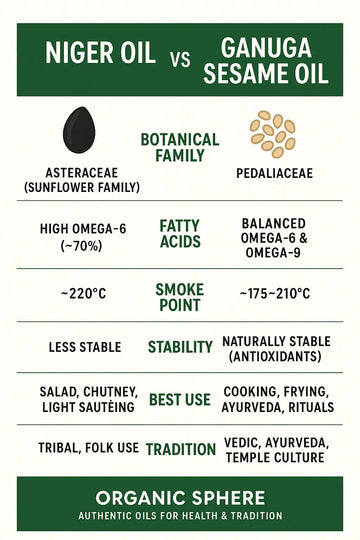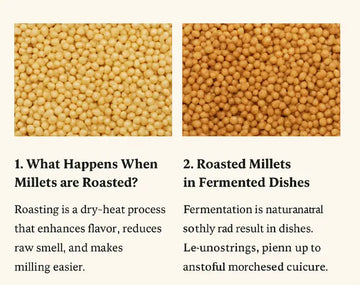युक्ताहारविहारस्य युक्तचेष्टस्य कर्मसु।
युक्तस्वप्नावबोधस्य योगो भवति दुःखहा॥:
yuktāhāra-vihārasya yukta-ceṣṭasya karmasu
yukta-svapnāvabodhasya yogo bhavati duḥkha-hā
Meaning:
For the person who is regulated in eating and recreation, balanced in performing actions, and regulated in sleep and wakefulness, yoga becomes the destroyer of sorrow.
This verse is foundational in explaining the importance of moderation (yukti) in all aspects of life — food, activity, work, sleep — as a prerequisite for spiritual discipline and success in Yoga
Are you soaking your millets and wondering what to do with the soaked water?
If you've heard concerns about phytic acid in millets, you're not alone. But as Dr. Khader Valli — fondly known as the Millet Man of India — often says, the fears around phytic acid are frequently overstated and misunderstood, especially when it comes to millets.
🌾 What Is Phytic Acid and Why the Concern?
Phytic acid is a naturally occurring compound found in plant seeds, including grains, legumes, and nuts. It’s often labeled an “anti-nutrient” because it can bind to minerals like iron, zinc, and calcium, potentially reducing their absorption in the body.
But here’s what many don’t realize:
Millets contain significantly less phytic acid than legumes.
Beans, lentils, and chickpeas — staples in many diets — actually have much higher levels of phytic acid, yet they are rarely questioned.
🥣 Dr. Khader’s Guidance: Soak, Cook, and Consume the Water
Dr. Khader Valli recommends soaking millets for 6 to 8 hours before cooking — not just to soften them, but to activate phytase enzymes, which naturally break down phytic acid.
And what about the soaking water?
Don’t throw it away. It contains valuable prebiotics, minerals, and water-soluble nutrients.
According to Dr. Khader, soaking followed by cooking is more than enough to neutralize any concern. The phytic acid that remains is minimal and not harmful — especially when millets are part of a rotational and seasonal diet, as he advocates.
✅ Soaking and Cooking: The Natural Solution
By simply following traditional preparation methods — soaking + cooking — you eliminate the issue altogether. There’s no need to fear phytic acid in millets when consumed this way.
Unless someone has a diagnosed mineral absorption disorder or a specific medical condition, there is no reason to discard the soaked water. In fact, doing so would mean losing precious nutrients that your body needs.
🔍 In Summary:
-
Phytic acid in millets is low compared to legumes.
-
Soaking activates phytase enzymes that reduce phytic acid further.
-
Cooking completes the process, making millets highly digestible and nutrient-rich.
-
Use the soaked water — it is safe, healthy, and in line with Dr. Khader Valli’s recommendations.
Let’s embrace the wisdom of traditional food science — simple, natural, and effective.
- anti-nutrients,
- cooking millets,
- Dr Khader Valli,
- gut health,
- health benefits of millets,
- Indian superfoods,
- millet digestion,
- millet myths,
- millet nutrition,
- millet soaking guide,
- mineral absorption,
- natural diet,
- organic millets,
- phytase enzyme,
- phytic acid,
- prebiotics,
- rotational diet,
- soaked water benefits,
- soaking millets,
- sustainable nutrition,
- traditional food wisdom,
- whole foods





